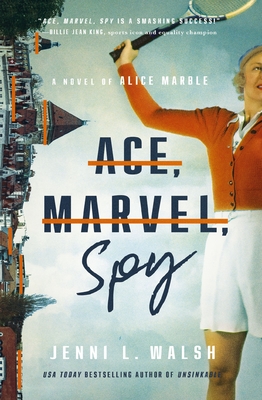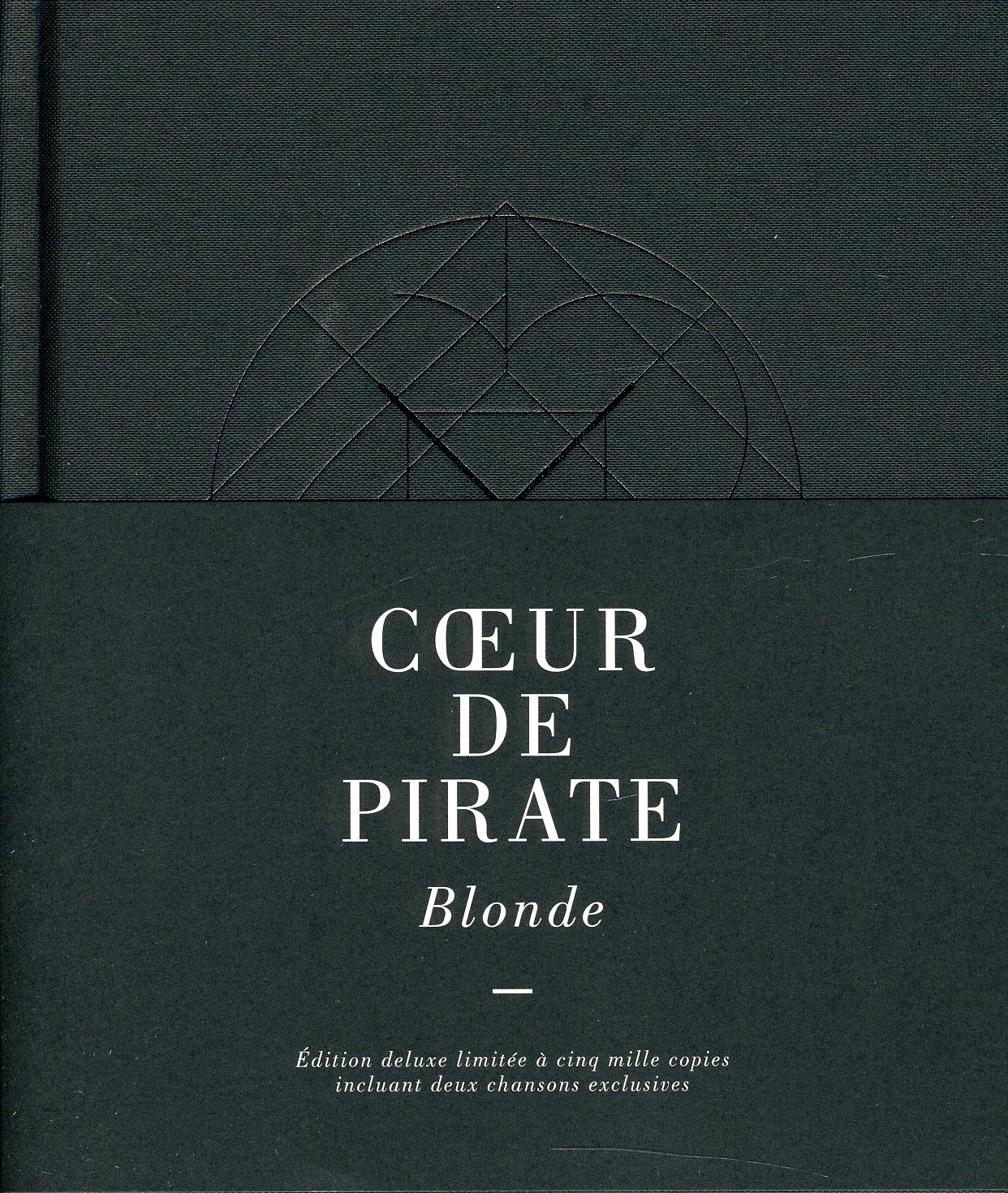
description
9Though largely out of the public eye for more than a century, Gustave Caillebotte (1848-94) has come to be recognized as one of the most dynamic and original artists of the impressionist movement in Paris. His paintings are favorites of museum-goers, and recent restoration of his work has revealed more color, texture, and detail than was visible before while heightening interest in all of Caillebotte's artwork. This lush companion volume to the National Gallery of Art's major new exhibition, coorganized with the Kimbell Art Museum, explores the power and technical brilliance of his oeuvre. The book features fifty of Caillebotte's strongest paintings, including post-conservation images of Paris Street; Rainy Day, along with The Floorscrapers and Pont de l'Europe, all of which date from a particularly fertile period between 1875 and 1882. The artist was criticized at the time for being too realistic and not impressionistic enough, but he was a pioneer in adopting the angled perspective of a modern camera to compose his scenes. Caillebotte's skill and originality are evident even in the book's reproductions, and the essays offer critical insights into his inspiration and subjects. This sumptuously illustrated publication makes clear why Caillebotte is among the most intriguing artists of nineteenth-century France, and it deepens our understanding of the history of impressionism.
member goods
No member items were found under this heading.
Return Policy
All sales are final
Shipping
No special shipping considerations available.
Shipping fees determined at checkout.







